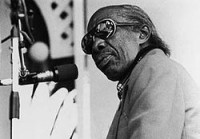Professor Longhair

Talking about Professor Longhair and the music he made, is almost like talking about the creation of a small part of the universe. A man who combined styles of music in such a way as to give musicians something to think about as they have to now reinvent their style to be able to incorporate, the style of Professor Longhair.
Born Henry Roeland Byrd, Dec. 19, 1918, in Bogalusa Miss., but racial tensions had Longhair and his mother move to New Orleans, and by age 10 the Professor was going to school. This school, however, was the streets of New Orleans and his first paying gig dancing for a snake oil salesman. The pay was little and the humiliation was sometimes a lot, but Longhair was learning. Learning all the different rhythms played by the musicians, not on an instrument but by creating different dances to the different rhythms Longhair heard on Bourbon street. Eventually moving away from street dancing, to learning an instrument, Longhair tried guitar, and drums before settling on the piano. The piano he was learning on during his formative years, was a broken old discarded piano in the back alleys. Somehow, Longhair was able to use that piano, developing a strong percussive attack, because of the lack of keys, and all those rhythms he had learned as a dancer were now coming back in his piano playing. As Longhair started to form groups and combos, Longhair would have to train the musicians what he wanted them to play because the style was unlike anything the musicians had heard before.
Professor Longhair was working regularly and by 1949 had a coveted gig at the Caledonia Inn, taking the spot formerly held by Dave Bartholomew’s Swing band. The owner of the Caledonia club called Longhair, the “Professor of Piano,” and outside the folks would call him Longhair, because of his unruly hair, and over time the two names came together and the stage name of Professor Longhair was born. 1949 was also the year Ahmet Ertegun of Atlantic records visited New Orleans and first heard Professor Longhair at a house party and recorded him at Cosimo Matassa’s studio the next day. This was the beginning of a spotted recording career and over the next 20 years, Longhair would record various singles with different labels, yet nothing took off and as the musical tastes of listeners changed Longhair slowly faded away, drifting into a gambling habit and eventually stopped playing music.
By 1970, Professor Longhair had all but disappeared, until a young Quint Davis found Longhair sweeping floors in a local record store and convinced Longhair to play for a new festival, New Orleans Music Festival. The performance at what would become known as Jazzfest blew people’s minds, and Professor Longhair was back. Throughout the 70’s Professor Longhair’s career experienced a huge revival, playing around the world, at many festivals, climaxing with Longhair’s first full-length album, released in 1980. Professor Longhair would not see the release of his album as he passed two days before the album's release.
The music made by Professor Longhair is some of the most unique, infectious dance music ever to be created here in America. The rhythms Longhair combined in his playing is still changing the way people play the piano. I still can’t get enough of “Big Chief,” from the Crawfish Fiesta album, and I hope you will enjoy the Professor Longhair playlists. The Youtube Playlist features live performances with a whole concert, recorded I believe in Philadelphia, as well as some interviews with musicians who have been influenced by Professor Longhair as well as an interview with the Professor himself. I have the links below.
Spotify playlist: Professor’s Cutting Them Long Hairs.
https://open.spotify.com/user/1230390376/playlist/2zCkHzWNngjnCWoP4m8vrj...
Youtube Playlist:
https://www.youtube.com/playlist?list=PL9wEibeMul7i7jZh4nr3OIBad9yD5lR7T



















